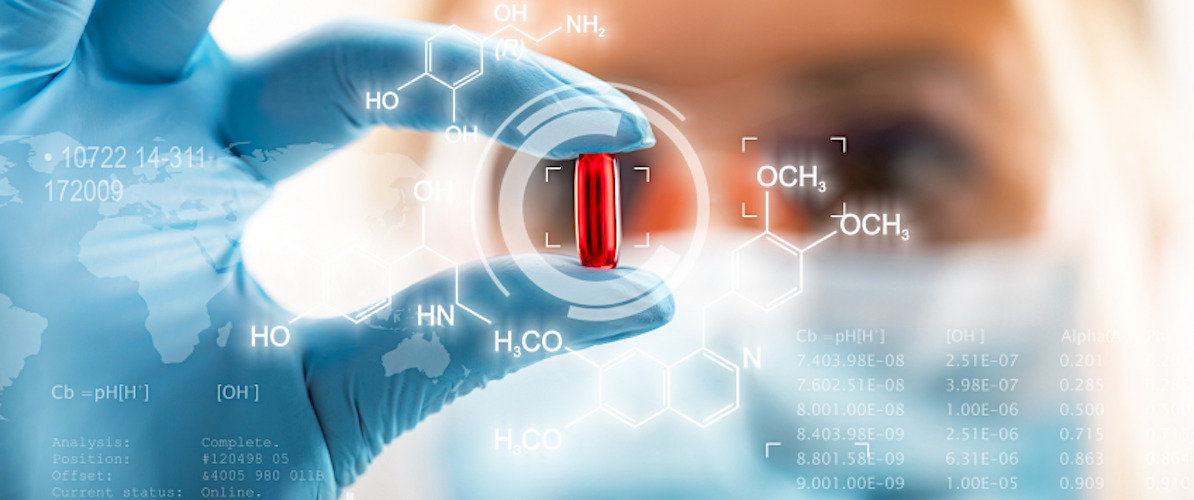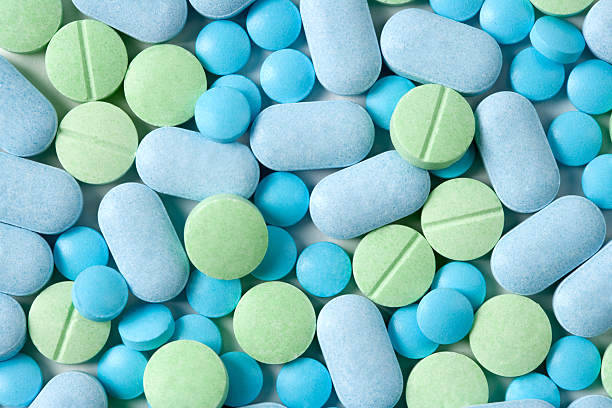
The EMA glossary defines a biological marker, or biomarker, as ‘an objective and quantifiable measure of a physiological process, pathological process or response to a treatment (excluding measurements of how an individual feels or functions)’. Similarly, the FDA defines a biomarker as ‘a defined characteristic that is measured as an indicator of normal biological processes, continue reading…


